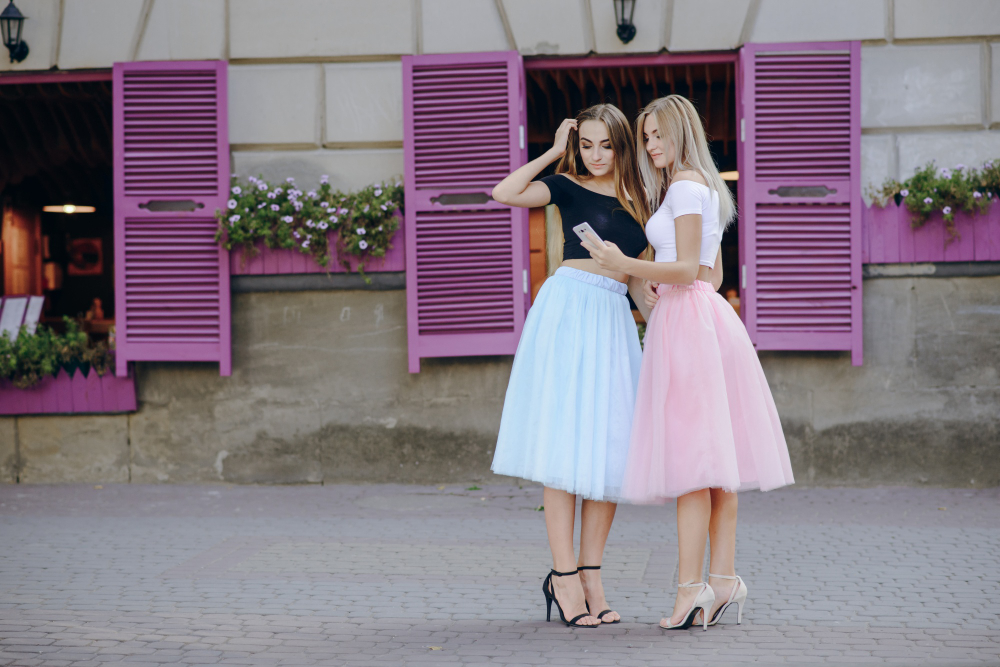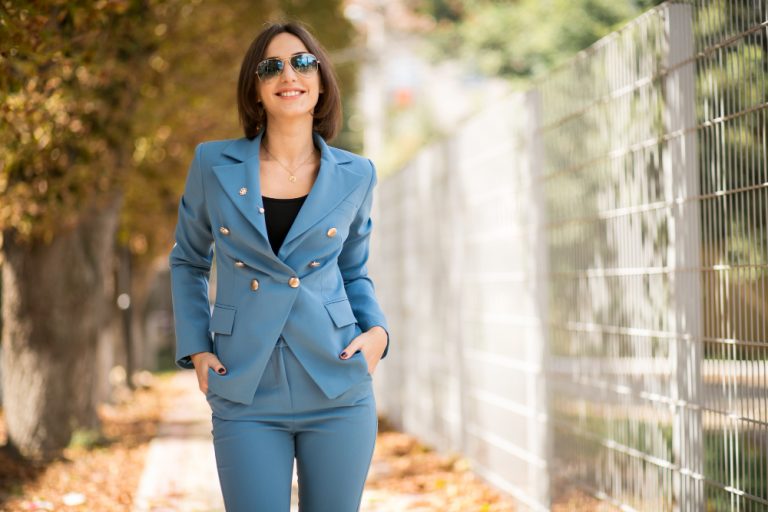Go with light, bright, or pastel colors like blush pink, sky blue, soft yellow, or mint green—they reflect natural light, flatter most skin tones, and feel fresh and fun in daylight.
Choosing what to wear to a daytime party can feel tricky. You want to look stylish but also comfortable and appropriate for the time of day. Too dark? It might feel too formal. Too bold?
It might clash in bright sunlight. If you’ve ever stood in front of your closet unsure about what color to pick, you’re not alone. In this guide, you’ll find easy color tips, seasonal ideas, and expert advice that make picking the perfect dress color simple and fun. Let’s walk through it together, with real-world examples and style tips you can actually use.
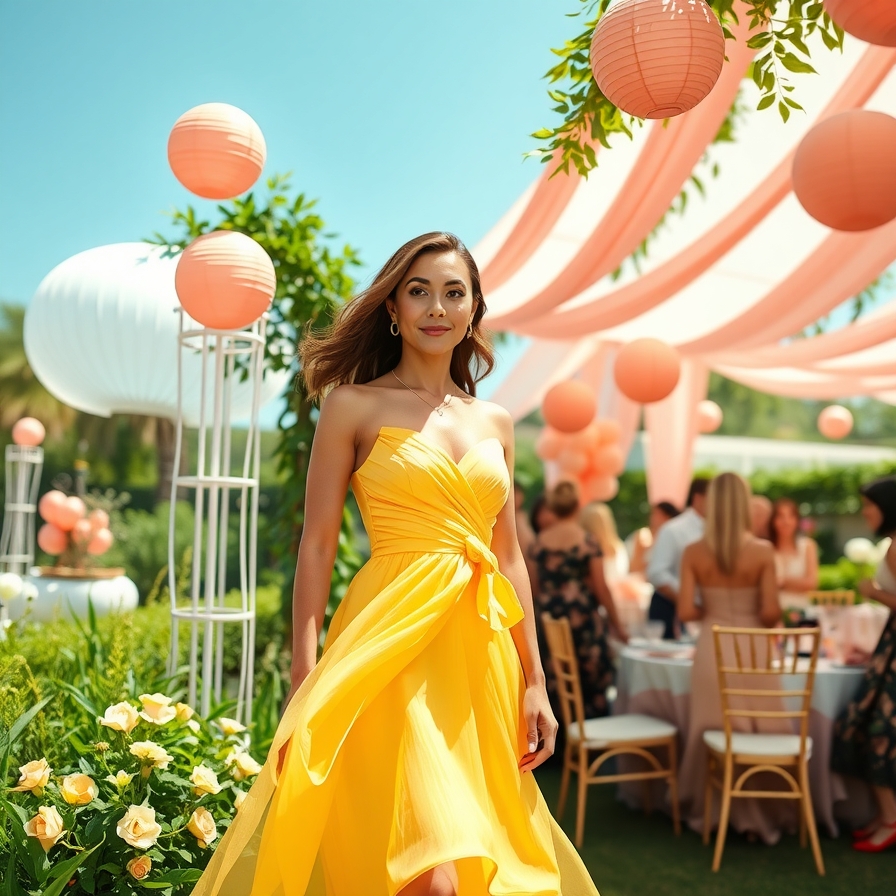
Why Dress Color Matters for Daytime Events
The Impact of Color in Natural Light
Sunlight can make a huge difference in how colors look. Natural light brings out undertones in fabric that might not show indoors. Some colors can glow and look vibrant, while others may seem dull or too intense. Light tones usually look fresh and clean in the daytime. In contrast, darker shades may feel too heavy or formal.
Colors like white, pastels, and soft brights reflect sunlight, helping you stay cool and comfortable. According to Pantone, spring and summer color trends often focus on airy and optimistic tones because they work well under natural light.
How Color Affects Mood and Style
Different colors can change the whole feel of your look. For example:
-
Yellow feels cheerful and full of energy
-
Blue brings calm and balance
-
Pink gives off a soft and romantic vibe
-
Green feels fresh and grounded
Color also helps you match the tone of the event. A garden brunch has a different feel from a rooftop mixer. Picking the right color can help you feel confident, stylish, and in sync with the vibe of the day.
Best Colors to Wear to a Day Party
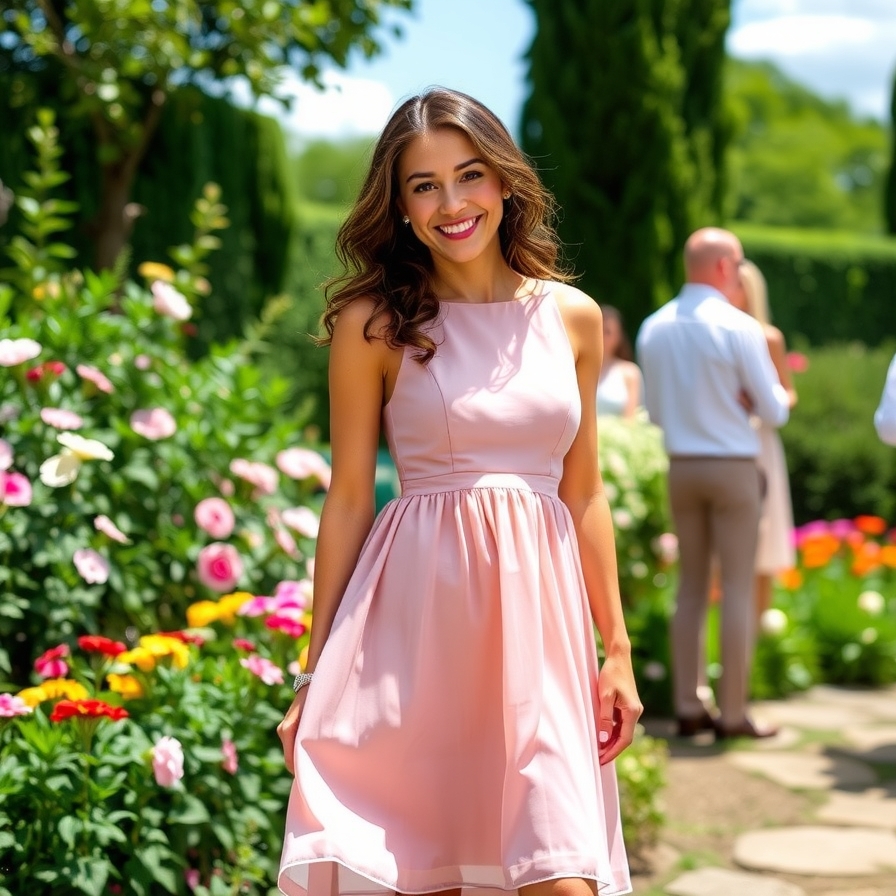
Recommended Color Palette
Here are some great options to wear to a day party. These colors are known to look great in sunlight and suit different skin tones and event types:
| Color | Vibe | Best For |
|---|---|---|
| Blush Pink | Soft, romantic | Garden parties, brunch events |
| Sky Blue | Cool, calming | Rooftop mixers, casual meetups |
| Mint Green | Fresh, playful | Outdoor lunches, spring gatherings |
| Lavender | Light, elegant | Baby showers, bridal teas |
| Peach | Warm, cheerful | Summer birthdays, brunches |
| Lemon Yellow | Bright, happy | Poolside parties, picnics |
| Coral | Bold, summery | Beach events, tropical themes |
| Beige/Nude | Neutral, refined | Day weddings, formal luncheons |
| White | Clean, classic | Any event, always safe and stylish |
These choices are not only flattering but also align with current fashion trends. Fashion sources like Who What Wear recommend these hues for their versatility and seasonal relevance.
What to Avoid
While it’s tempting to wear whatever color you like, a few shades don’t work as well during the day:
-
Very dark tones like black or navy can look too heavy
-
Neon shades might reflect too much sunlight and be distracting
-
Deep jewel tones (like emerald or burgundy) are often better for night
Save those colors for evening events when low lighting enhances depth and richness.
Seasonal Color Tips
Spring and Summer
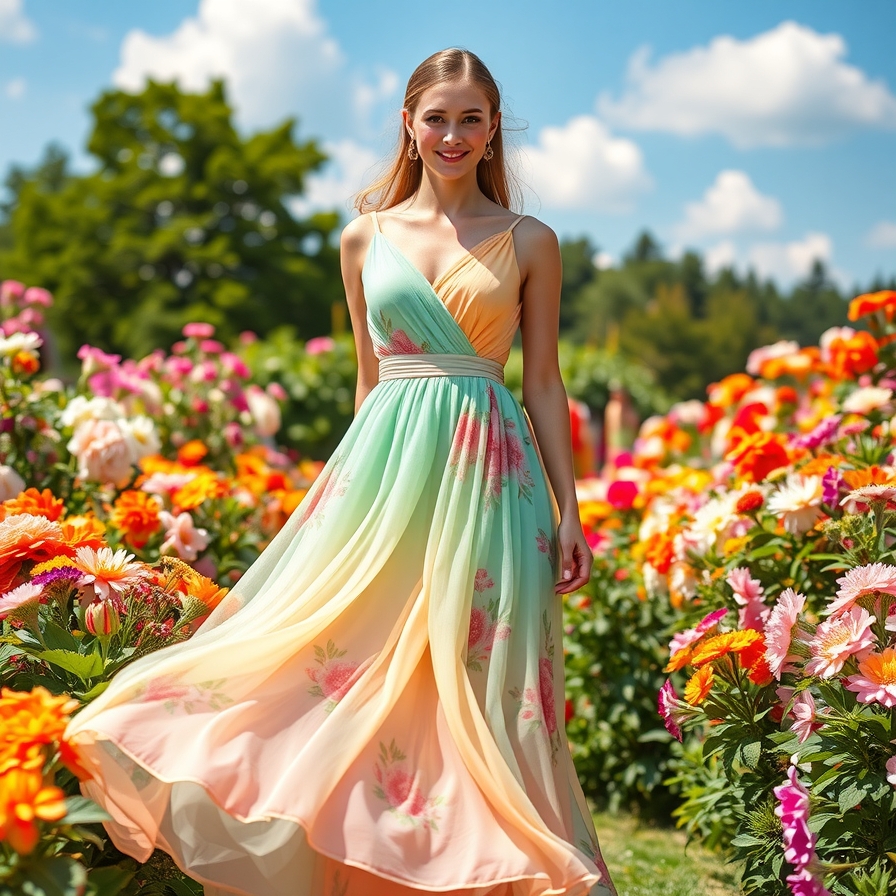
In warmer seasons, light and breezy colors work best. Go for shades that reflect sunlight and keep you cool. Think pastels, soft florals, and airy whites. Materials like linen or cotton also help your outfit feel light and breathable.
Spring trends often highlight playful, happy colors, while summer welcomes sunny, bold shades like tangerine, watermelon pink, or turquoise. For more seasonal advice, the Vogue seasonal color guide is a trusted fashion reference.
Fall and Winter
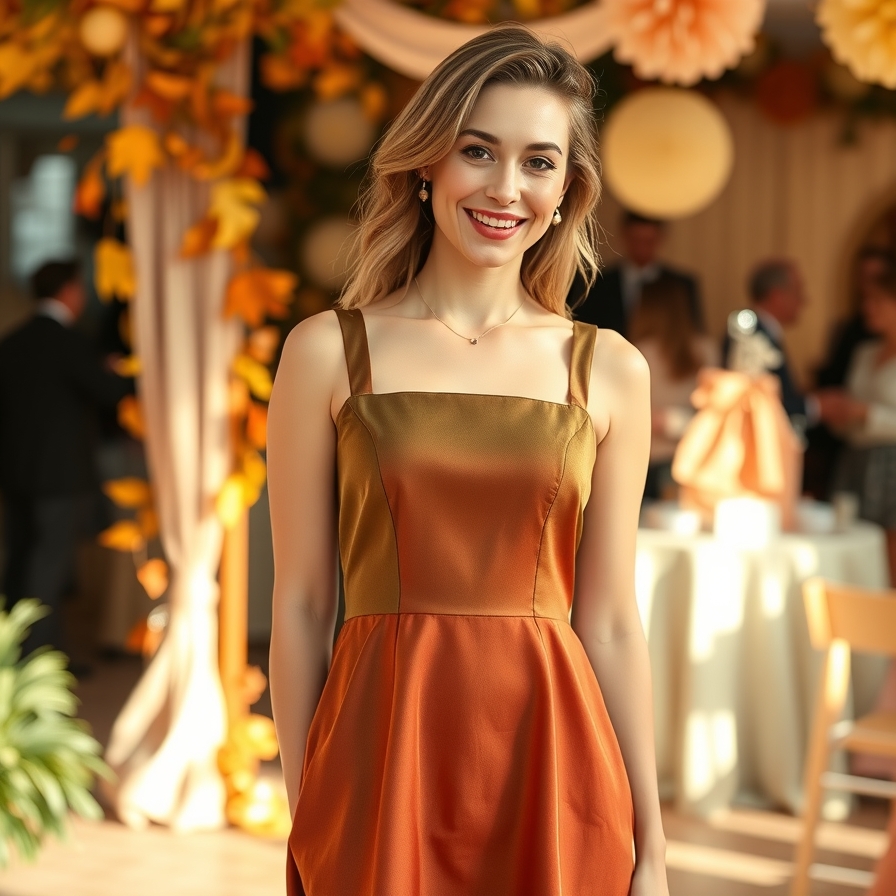
For daytime events in cooler weather, you can still use light colors—but with a warmer undertone. Soft browns, muted oranges, dusty rose, and sage green can all feel cozy and still bright enough for day.
You can also play with layering, like a light dress with a camel coat or blush blazer. Even in winter, avoid going too dark unless the dress has details like shimmer, lace, or print that lift the look.
Matching Dress Colors to Skin Tones
How to Identify Your Skin Tone
Before picking a color, it helps to know your skin’s undertone. You don’t need fancy tools—just some daylight and a quick check of your veins.
-
If your veins look blue or purple, you likely have a cool undertone.
-
If they appear greenish, you probably have a warm undertone.
-
If it’s hard to tell, you may be neutral.
You can also try the jewelry test. Gold jewelry tends to flatter warm tones, while silver looks better on cool tones. Neutral tones can wear both.
Healthline offers a simple step-by-step method to help you check your undertone at home.
Best Color Matches by Skin Tone
Use the table below to find which shades look best on your skin:
| Skin Tone | Recommended Colors | Avoid These Colors |
|---|---|---|
| Cool | Soft pink, icy blue, lavender, mint | Orange, mustard, olive |
| Warm | Peach, coral, golden yellow, warm reds | Cool blue, light gray, icy tones |
| Neutral | Blush, jade green, true red, teal | Very bright neons, harsh darks |
These aren’t hard rules, but a good color match can make your skin glow and your outfit pop.
Dress Styles That Enhance Color Impact
The Role of Fabric and Fit
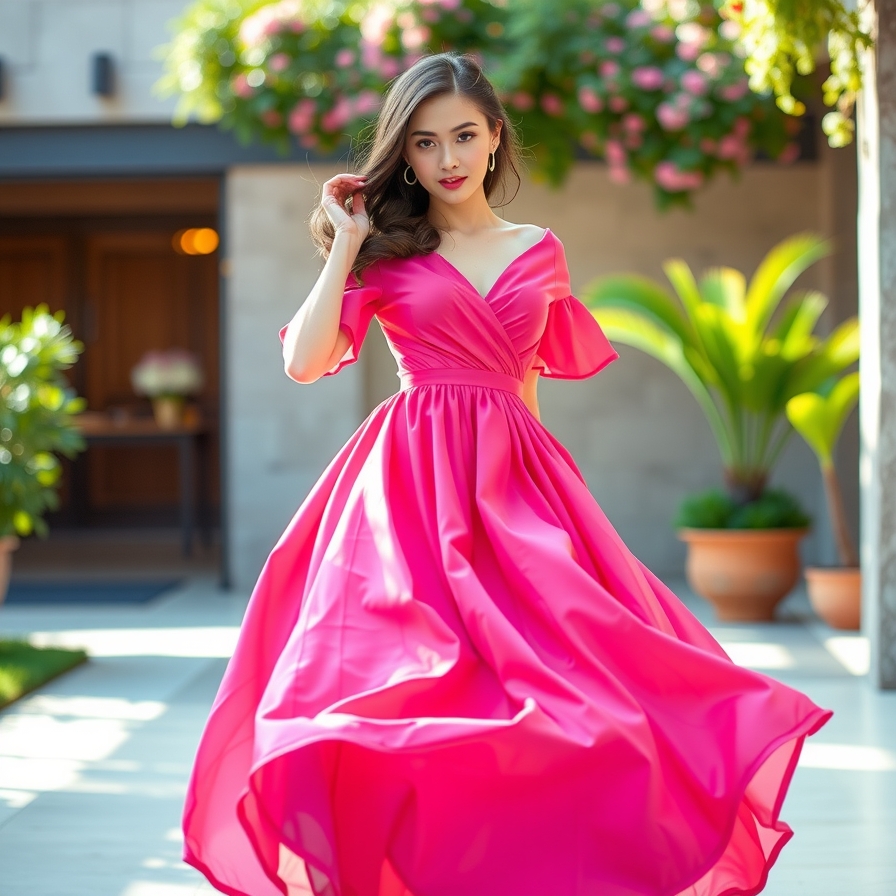
The way a fabric holds color can change your look. Shiny materials like satin or silk make light colors look brighter. Matte fabrics soften bold shades, making them easier to wear.
Fit also matters. A color may look different on a fitted dress versus a loose, flowing one. For example, a tight coral dress may feel bold, but a soft coral maxi dress looks breezy and easy.
Texture can play a role too. Lace, embroidery, and light layering help break up blocks of color so they feel softer and more wearable.
Dress Styles That Work Well in Daylight
Certain cuts and styles naturally suit daytime events. Go for light, breathable shapes like:
-
A-line or wrap dresses
-
Maxi dresses with soft prints
-
Sundresses with light straps or flutter sleeves
-
Shirt dresses in linen or cotton
Look for simple silhouettes that let the color speak for itself. As InStyle notes, a flattering cut in a fresh color is often all you need for a stylish day look.
FAQs
What is the safest dress color for any daytime event?
White or blush pink is usually a safe bet. These colors are easy to style, flattering on most skin tones, and suit almost every kind of day party.
Can I wear black to a day party?
You can, but it’s not always the best choice. Black absorbs heat and can feel too formal in daylight. If you wear it, break it up with light accessories or pick a dress with a fun cut or sheer details.
Are bright colors too much for daytime?
Not at all—but pick the right kind of bright. Go for cheerful shades like coral, lemon yellow, or turquoise. Avoid neon colors, which may look too harsh in natural light.
Should I match my dress color to the event theme?
Yes, if the event has a theme, try to match the vibe. For example, wear florals to a garden party or tropical shades for a beach event. It shows effort and helps you fit in with the style of the setting.
How do I know if a color works for me?
Try the mirror test in daylight. If your skin looks fresh, your eyes pop, and you feel confident, it’s probably a great match. If you look washed out or dull, try a different tone.
Conclusion: Choosing the Right Dress Color with Confidence
Picking the best dress color for a day party doesn’t have to be hard. Focus on light, bright, or pastel shades that look good in sunlight. Think about your skin tone, the event type, and how the color feels on you. Try a few combos, trust your eye, and go with what makes you feel good.

